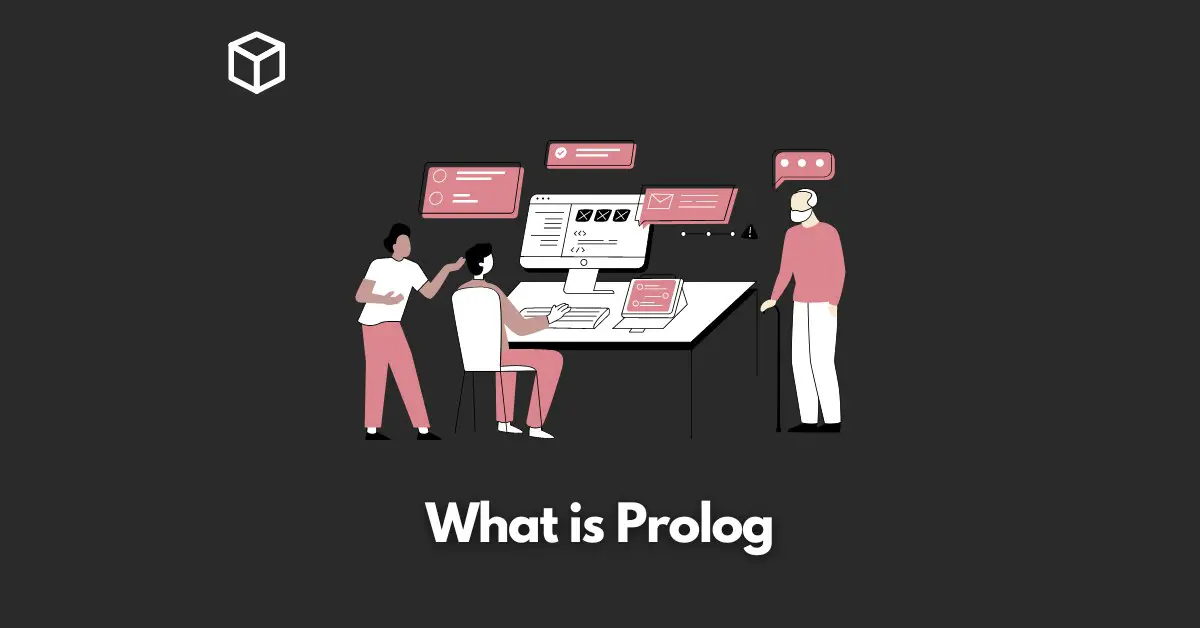Prolog is a unique programming language that is built around formal logic.
It is particularly well-suited for tasks involving symbolic reasoning and manipulation, making it a valuable tool for a wide range of applications.
In this article, we will explore the basics of Prolog, its unique features, and real-world applications.
We’ll also provide resources and tips for getting started with this powerful programming language.
The Basics of Prolog
Prolog has a syntax that is quite different from most traditional programming languages.
It is based on formal logic, which means that it utilizes a set of predefined rules and logical statements to solve problems.
The basic structure of Prolog consists of facts, rules, and queries.
Facts are statements of information, rules are logical inferences that can be made from facts, and queries are used to extract information from the facts and rules.
Here’s an example of a basic Prolog program:
/* Define a fact */ likes(john, apples). /* Define a rule */ eats(X, Y) :- likes(X, Y). /* Make a query */ ?- eats(john, apples).
In this program, we first define a fact that “John likes apples.”
Then we define a rule that states “X eats Y if X likes Y.”
Finally, we make a query to ask if “John eats apples.” The Prolog interpreter will respond with “yes” because the rule can be inferred from the fact.
Prolog’s Unique Features
Prolog’s focus on symbolic reasoning and manipulation sets it apart from other programming languages.
This makes it particularly useful for tasks such as natural language processing, artificial intelligence, and knowledge representation.
For example, Prolog can be used to build expert systems, which are computer programs that can make decisions based on a set of rules and facts.
It can also be used for natural language processing, as it can understand and generate human language.
Real-world Applications of Prolog
Prolog has a wide range of real-world applications, including expert systems, natural language processing, and more.
One of the most well-known examples of a Prolog-based expert system is the MYCIN system, which was developed in the 1970s to assist physicians in diagnosing and treating bacterial infections.
Prolog is also used in natural language processing, such as in the development of chatbots and virtual assistants.
Prolog is also used in industry and research, for example, in the field of Artificial Intelligence, and Robotics.
Getting Started with Prolog
If you’re interested in learning Prolog, there are plenty of resources available online.
Some popular tutorials and online courses include Learn Prolog Now! and Prolog Programming: A First Course.
There are also several books available, such as “The Art of Prolog” by Leon Sterling and Ehud Shapiro.
When getting started with Prolog, it’s important to keep in mind that debugging can be a bit tricky, as the language is based on formal logic and can be hard to follow.
To avoid common pitfalls, try to keep your code as simple as possible and break down complex problems into smaller, more manageable tasks.
Conclusion
In conclusion, Prolog is a powerful programming language that is well-suited for tasks involving symbolic reasoning and manipulation.
It is based on formal logic and has a unique syntax that sets it apart from traditional programming languages.
Prolog has a wide range of real-world applications, including expert systems, natural language processing, and more.
With the help of online resources and tutorials, it’s easy to get started with Prolog and begin exploring it.




